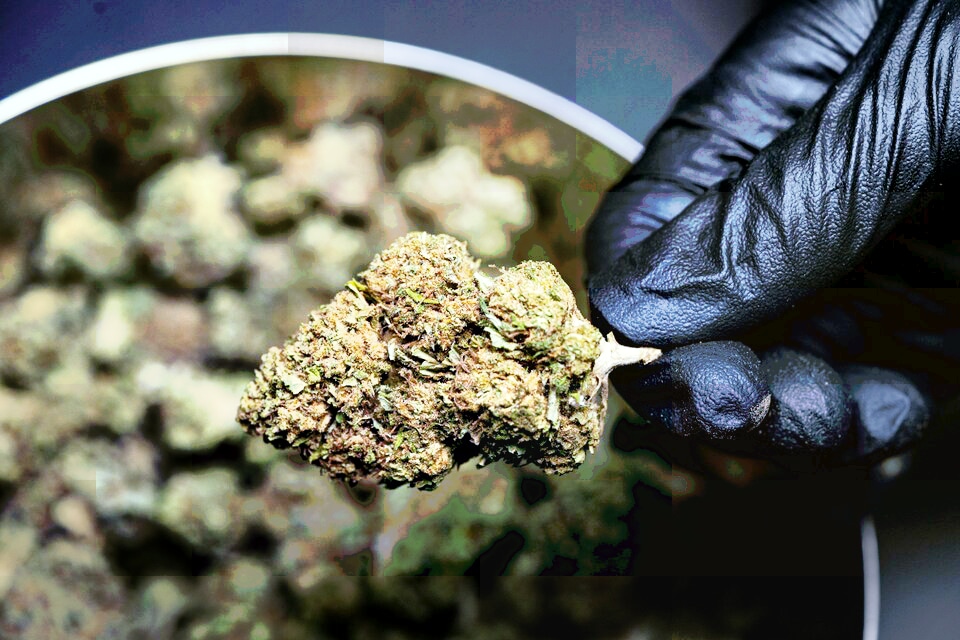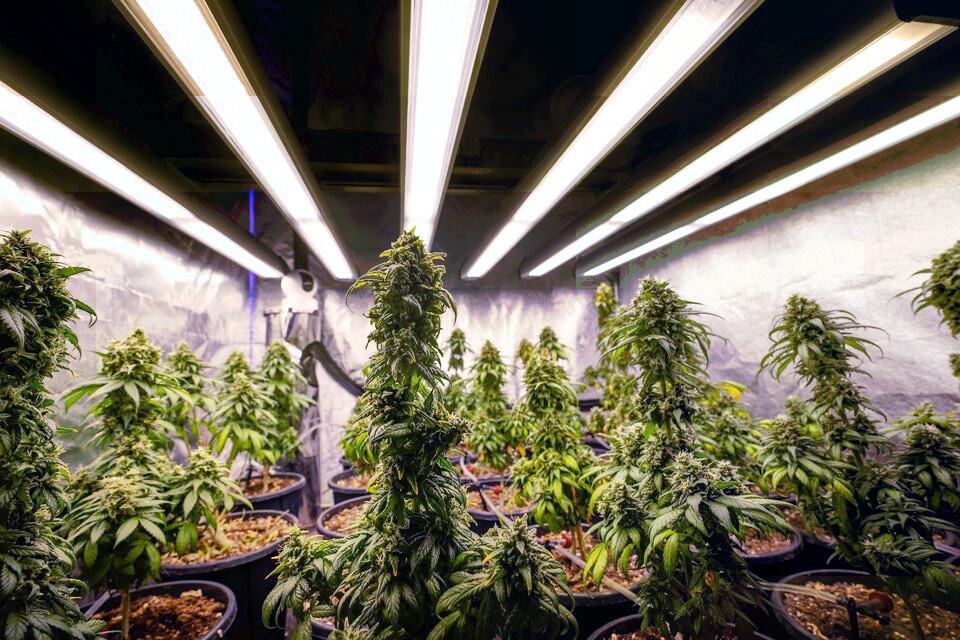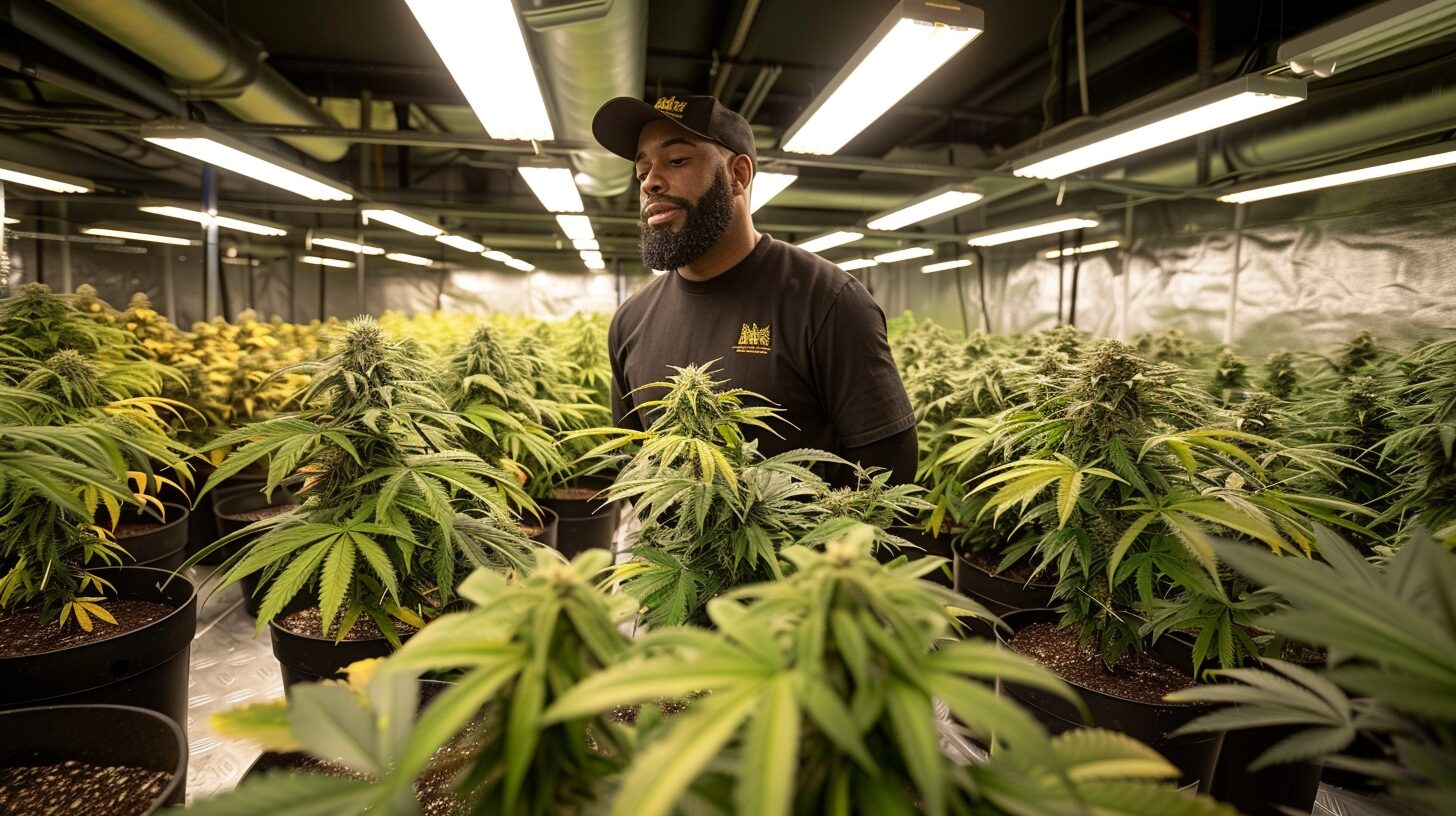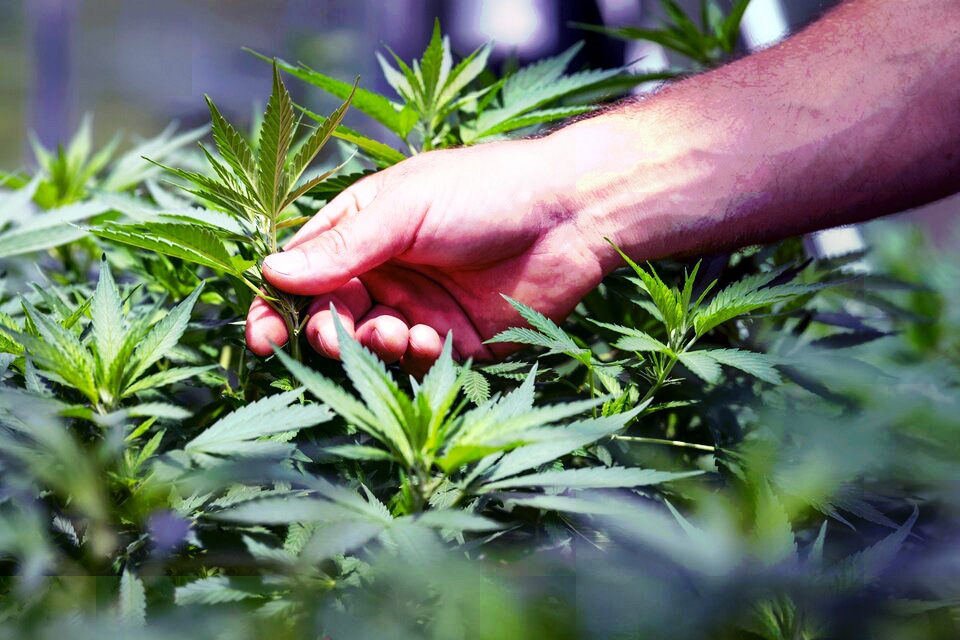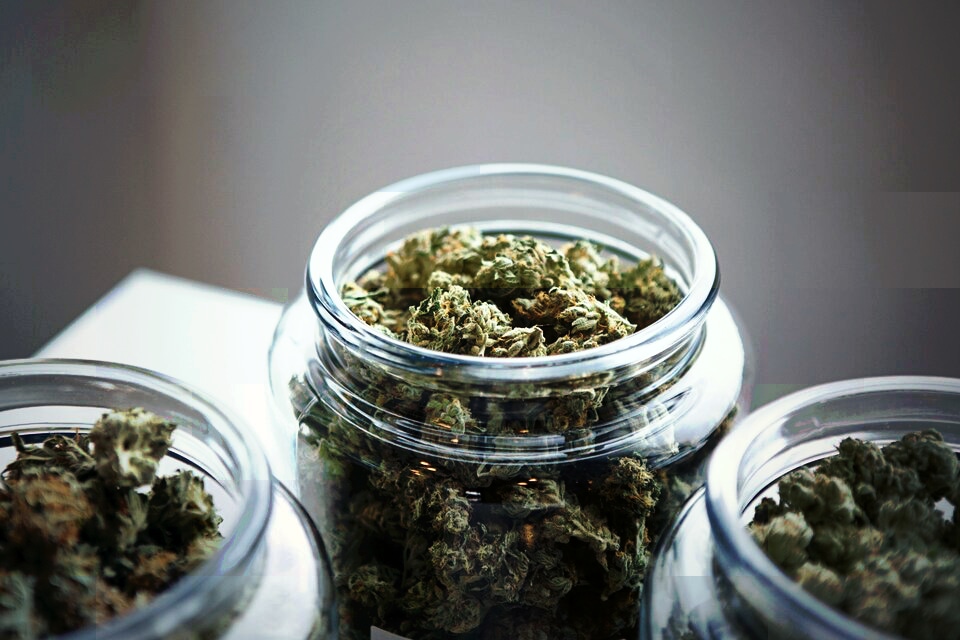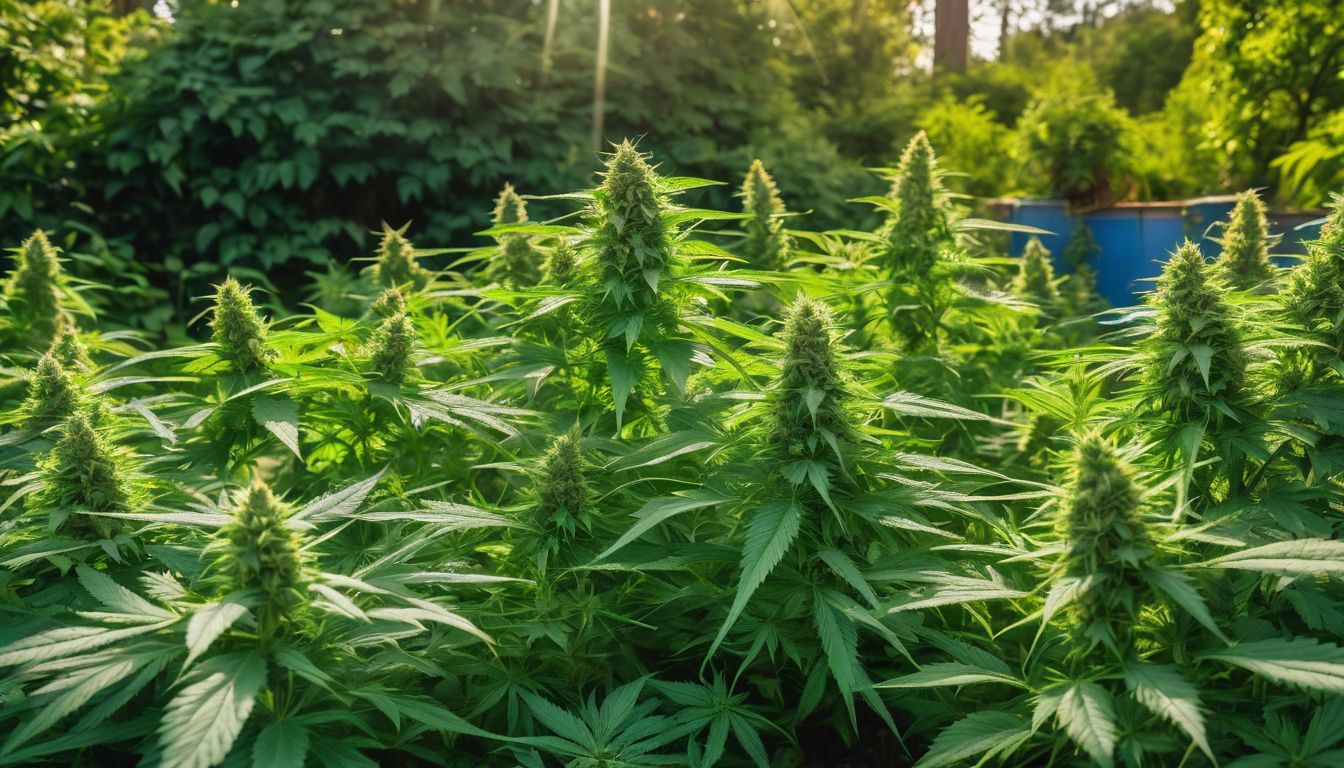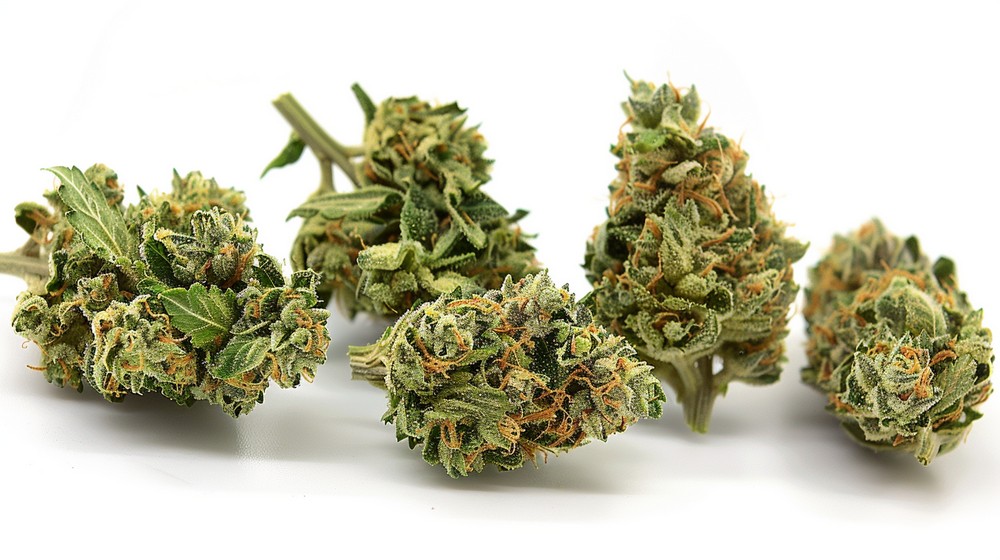Dicas para cultivar cannabis: solucionando problemas de floração
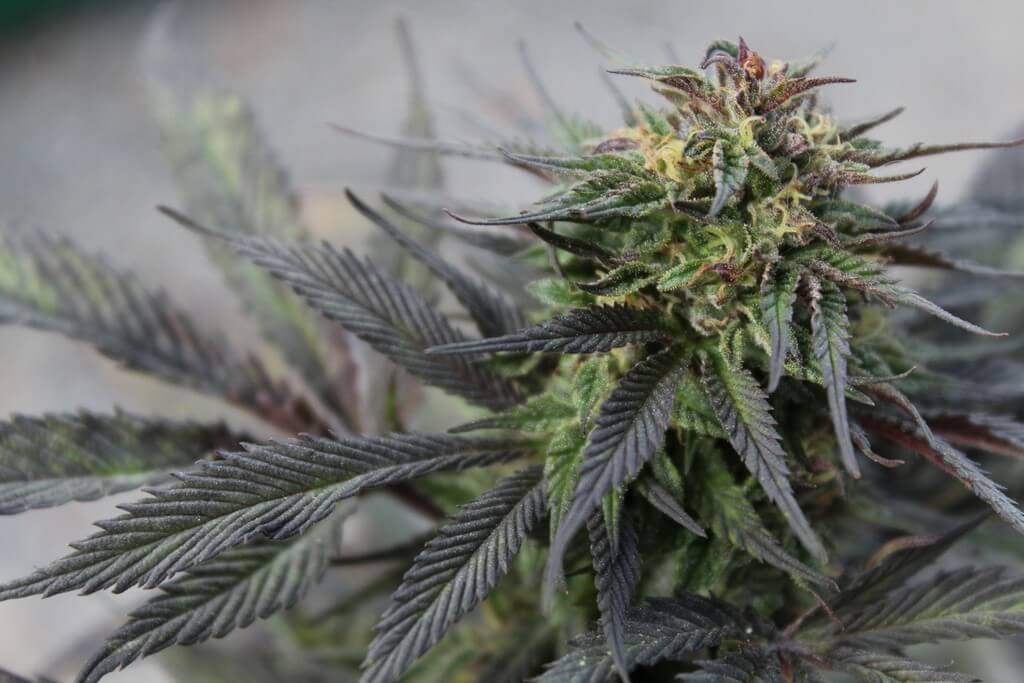
Have you ever found yourself looking at your marijuana plants and wondering why they resist flowering? Here’s a fact: the dark cycle is vital to invite your green friends to the flowering dance.
In this article, I’ll guide you through the steps to take if that precious cycle is interrupted, helping you revive the dream of perfect buds. Don’t despair, there’s a solution!
Key Conclusions
- The 12-hour dark cycle is crucial for marijuana plants to flower. If broken, plants may not enter the flowering phase.
- To fix a dark cycle interruption, cover all light leaks in the grow room and ensure timers are working properly.
- Changing the light type to red and controlling the temperature can help plants start flowering.
- If you need to enter the room at night, use a green light to avoid waking up the plants.
- The DWC method can be helpful if you have dark cycle issues, as it helps plants efficiently absorb nutrients and flower.
Why Marijuana Plants Don’t Flower
Now, let’s talk about marijuana plants and their problem with flowering. Sometimes, plants don’t produce flowers, and this may be because something is wrong with the dark cycle. They need periods of light and darkness to grow well.
If something breaks this cycle, like a light that doesn’t turn off, the plants can get confused. Light at night is a big problem and is called “light leaks“. This makes the plants think it’s daytime all the time.
When this happens, they won’t enter the flowering stage as they should.
Another reason could be that they are not receiving the right type of light. During the vegetative phase, they do well with blue light, but to flower they need red light. Lacking the latter can prevent flowering from occurring.
Additionally, if the photoperiod is not adequate, that is, the hours of light and darkness are not correct, the plants will not know when to start making flowers. Understanding these things is key to helping your cannabis plants reach the important flowering step.
The Importance of the Dark Cycle in Marijuana Cultivation

Did you know that our beloved marijuana plants have their own “biological clock” that we must respect for them to flower like queens? Yes, the dark cycle is a critical piece of the puzzle to get those coveted buds; ignoring it is like trying to bake a cake without turning on the oven…
it simply won’t work. So let’s dive into the fascinating world of photoperiod and discover how to keep our green friends happy!
Germination / Seedling Stage
Cannabis seeds need love from the start. In the germination phase, they use water and oxygen to wake up and say “Hello, world!” The right temperature makes everything go smoothly.
Imagine the seeds are in their bed, ready to start their adventure. Now, think of darkness as their favorite blanket that helps them grow strong.
After the seed opens up, the seedling appears. It’s like a baby plant that needs special care. Light is important, but don’t forget the darkness. Without their rest periods, the seedling couldn’t prepare to become a big, strong plant.
Every time you give your seedling its dark time, you’re helping it dream of becoming a beautiful marijuana plant full of flowers. And after this young stage, it’s time to grow even more in the vegetative phase.
Vegetative Phase
The vegetative phase is when cannabis plants grow and get strong. During this time, they need a lot of love. They need water, light, and good food. It’s like training an athlete; you teach them to be strong and healthy so they can later make lots of flowers.
It’s your turn to check that everything is fine, like a happy garden without any problems.
Fertilizing is key at this stage. You don’t want your plants to lack anything, right? Think of nutrients as vitamins for your green friends. You give them what they need and they’ll thank you by growing a lot and with great enthusiasm.
Remember, a good start means a happy ending with lots of flowers!
Flowering Phase
After the vegetative phase, a critical moment arrives: the flowering phase. This stage is super important for cannabis plants. Here is where the flowers or buds that we all want are formed.
For the plants to start flowering, they need more darkness. Yes, you read that right, 12 hours of light and then 12 hours of complete darkness. If light enters when it shouldn’t, it can cause problems.
For everything to go well in the grow room, we have to take great care of this dark period. Let’s not let even a little bit of light in and ruin the party. Also, in this stage, everything has to be perfect with the plants’ food — I mean the fertilizers.
If we give them what they need, they will grow incredible flowers. Imagine those full buds ready for harvest!
What to Do When the Dark Cycle is Interrupted
When your grow room turns into the stage of an unexpected “light show”, interrupting your cannabis’ precious dark cycle… stay calm, I have some tricks up my sleeve that will help you get back on the path to flowers.
Keep reading and you’ll discover how to keep your plants on the flowering route, despite light slips!
Flowering Problems and Solutions
Marijuana plants need a good dark cycle to flower well. Sometimes, light issues can delay or stop this process. Here I’ll tell you how to solve those problems.
- Light interrupts rest: If light enters your grow room when it should be dark, the plants get confused. Fix this by covering all light inlets so there are 12 hours of pure darkness.
- Your timer fails: If the timer doesn’t work properly, the plants won’t get the correct cycle. Check your timer and make sure it gives 12 uninterrupted hours of darkness.
- Change the amount of light: Reducing the light intensity sometimes helps plants start flowering. Try dimmer lights to encourage them.
- Longer night showers: Giving your plants longer nights, like thirteen hours of darkness, can force them to flower faster.
- Green light in your room: If you need to enter the room at night, use a green light. Plants can barely see this color and it won’t affect their sleep.
- Review recent changes: If you’ve recently changed something in the room, that could be the culprit. Think if you’ve added something new or changed something recently.
- Patient plant needs time: After changing the light, wait a while before worrying. Cannabis takes time to show it’s going to flower.
How to Force a Cannabis Plant to Flower
Cannabis plants sometimes need a little nudge to produce flowers. Here are some steps to achieve it:
- Change the light cycle. Reduce light hours to 12 per day and maintain 12 consecutive hours of complete darkness.
- Use a timer. It helps you control the light cycle without errors.
- Add red light. This color can stimulate flowering in indoor cultivation.
- Monitor the temperature. It should be lower at night, thus imitating nature.
- Cover windows if you’re in a greenhouse. This way you prevent light from entering when it should be dark.
- Check your grow room. Look for light leaks and fix them because they can affect the dark cycle.
- Be patient after the change. Plants may take a week or more to respond.
Alternative Cultivation Methods: Deep Water Culture
Deep water culture (DWC) changes the game for cannabis plants. Imagine your plants’ roots submerged in nutrient-rich water that bubbles like a jacuzzi.
That’s how DWC works. Plants get everything they need directly from the water and grow super fast.
That huge tangle of roots under the water becomes enormous, which is great for your marijuana. With DWC, the roots have more space to expand and absorb nutrients like crazy.
Plus, this method can save you if you have dark cycle issues. Your cannabis will be so happy that they’ll flower non-stop!
Frequently Asked Questions about Lack of Flowering in Cannabis Plants
Sometimes cannabis plants don’t flower as we expect. Here are some common questions and their answers on this topic.
- Why isn’t my cannabis plant entering the flowering stage?
- What do I do if light interrupts the dark cycle?
- If I change to a 12-hour light cycle, will my plant flower?
- Can I use any type of light in the vegetative phase?
- What lights are best for flowering?
- My plant is showing stress and not flowering, what do I do?
- I have a Deep Water Culture setup, does this affect flowering?
- I cultivate in a greenhouse, how do I maintain the correct cycle?
Conclusion
So, if your cannabis plants aren’t flowering, take a look at the dark cycle. Make sure they get their complete night without light. If something interrupts that dark time, fix it quickly! Give your plants the overnight rest they need and soon you’ll see those buds growing.
Remember, proper care at night helps your plants flower beautifully.
To learn more about how Deep Water Culture cultivation can benefit your cannabis plants, visit our complete guide here.
Frequently Asked Questions
1. What happens if the dark cycle of my cannabis plants is interrupted?
When the dark cycle of your cannabis plants is interrupted, oops!, they may not enter the flowering stage as you expected. They are photoperiodic plants, which means they need a specific light cycle to flower.
2. How does red light affect marijuana flowering in indoor cultivation?
Look! Red light can be a superhero or a villain in your grow room. During the vegetative phase, it helps plants grow strong. But when it’s time to flower, too much red light could confuse them and make them stay in “growth mode”.
3. Can I fix the light cycle if my marijuana plants aren’t flowering?
Of course you can, fellow grower. If you notice the light cycle is all messed up and your plants aren’t flowering, adjust the dark hours to properly simulate “day” and “night”. That way your green friends will know it’s time to show their flowers!
4. Is the light cycle different for greenhouse cultivation compared to indoor cultivation?
Yes, it’s different. In a greenhouse the sun does most of the work (thanks sun!), but in indoor cultivation you’re the boss of the switch. You have to imitate the natural cycle to keep the little plants happy and make them flower.

